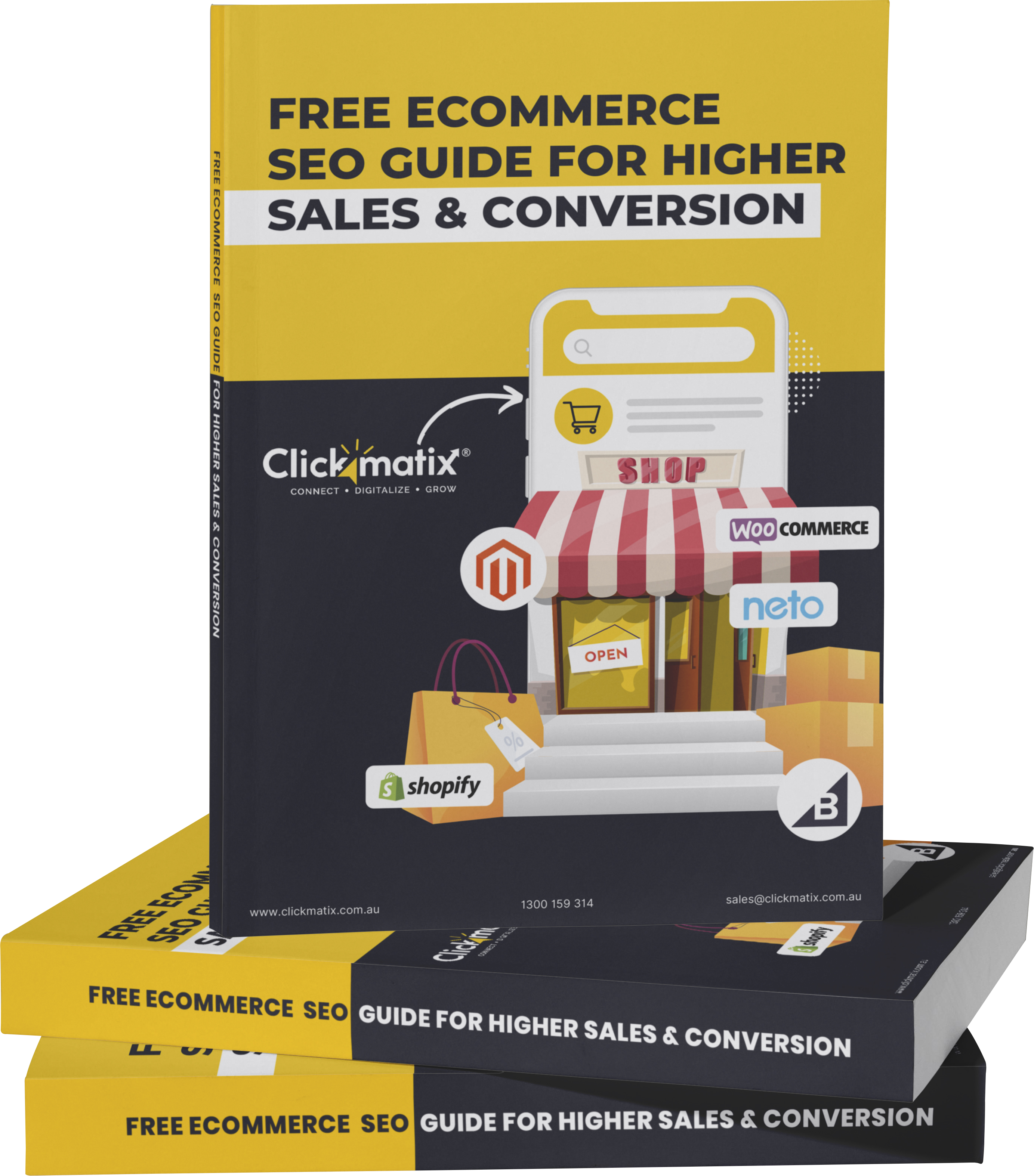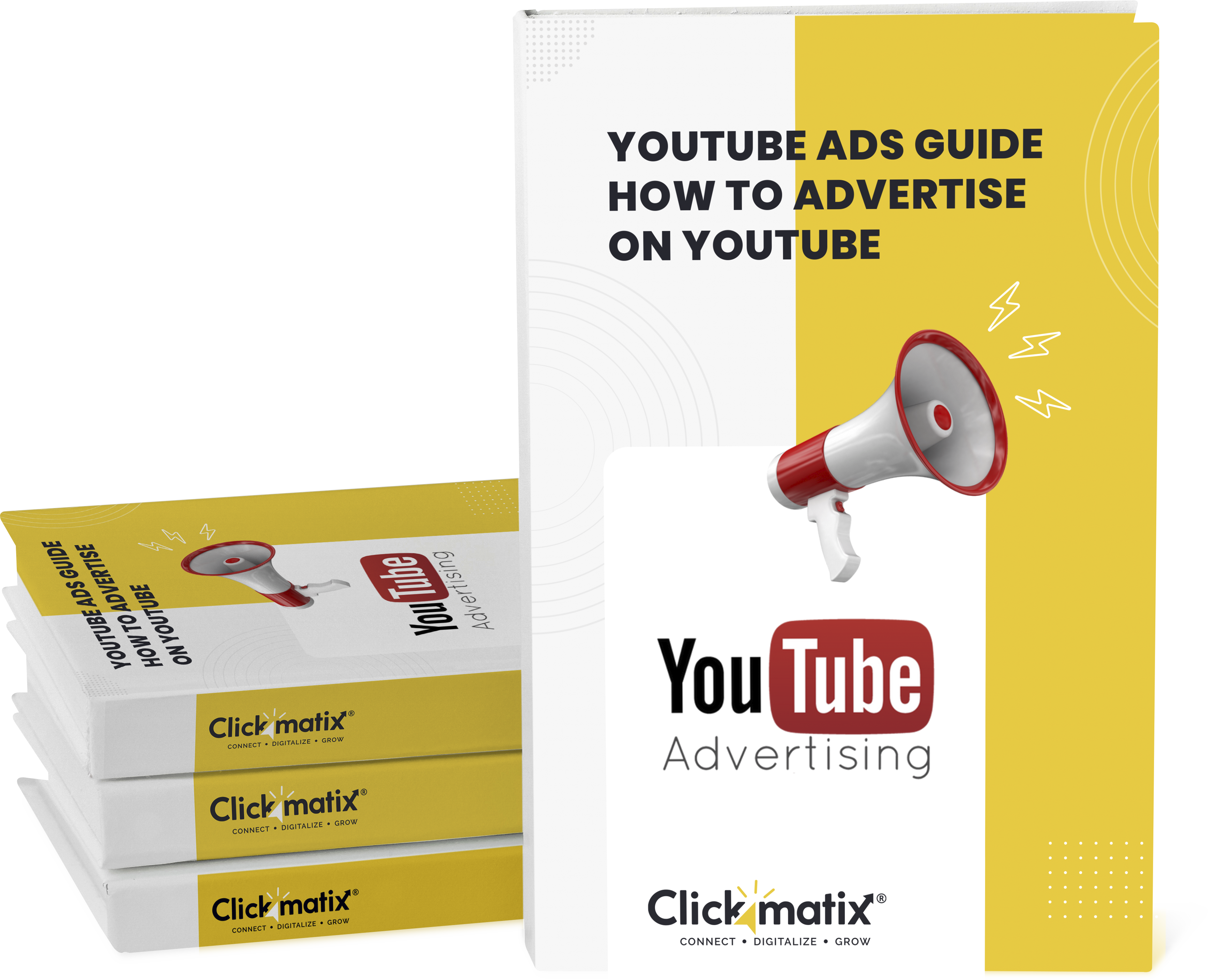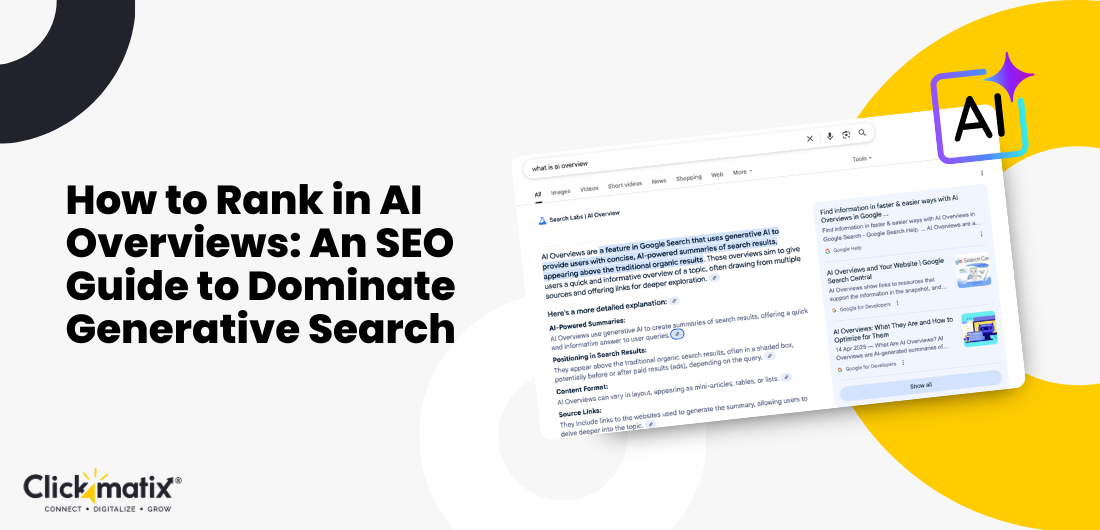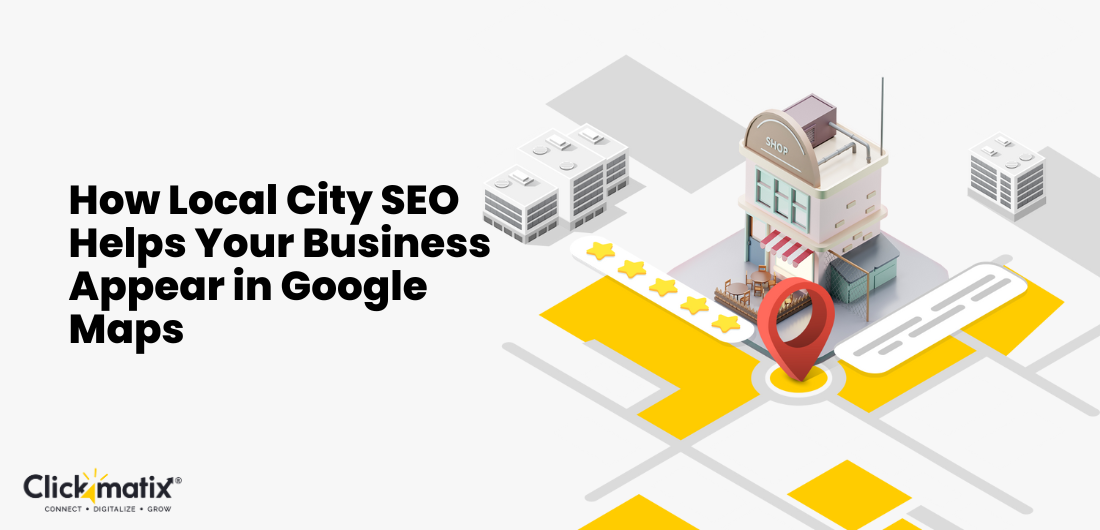
The search world has been shifting in ways that are hard to ignore. People working in SEO can see it in small, day-to-day changes, such as how specific queries behave or how quickly new features appear and disappear. Tools that felt steady for years suddenly behave in new ways, and it’s forcing brands to rethink how they stay visible. Users are changing their habits too, often without thinking about it.
ChatGPT kicked things off by giving people a quicker, more conversational way to get information. After that, Google began rolling out AI Overviews and its broader generative features. They’re still evolving, but they already influence how people compare information and decide what to trust. The methods that once worked reliably don’t always hold up, and teams have had to adjust their approach to keep pace.
This article explores where all of that is heading and what it means for companies, marketers, and any SEO agency trying to help clients stay visible in a crowded, fast-changing space.
The Google’s AI Revolution in Search
Keyword placement once shaped most on-page optimisation, and the workflow stayed fairly uniform across projects. That approach no longer holds, as modern systems examine the broader context of a query rather than simply repeating specific terms. Current optimisation leans on clarity, relevance, and how precisely a page addresses the underlying intent of the search. Pages that require excessive navigation or extra steps tend to lag in performance metrics.
That shift didn’t come from one tool alone. ChatGPT gave the public a new way to interact with information by asking questions the way people talk, not the way search engines expect. Then Google introduced its own generative features, aiming to keep users inside its results by offering quick summaries. With both trends occurring simultaneously, businesses can no longer rely on predictable ranking patterns.
For companies trying to reach new audiences, the shift highlights the need to review how their content is interpreted in AI-driven results and adjust their approach so their pages remain visible as these systems change.
Understanding the Shift: From Traditional Search to AI-Powered Search
Traditional search relied heavily on keywords. People typed a few specific terms, clicked a blue link, skimmed the page, and repeated the process. In contrast, AI-driven search interprets full questions and their context, allowing the system to respond in a format that mirrors the query.
Google’s newer modes go beyond keyword matching, since the underlying machine learning and conversational layers evaluate the broader meaning of a query. For example, when someone searches “best mattress for side sleepers with back pain,” the system reviews the components of the request together, considering factors such as comfort, health-related needs, pricing expectations, and material preferences as part of a single intent.
ChatGPT-like assistants do something similar. They answer directly, sometimes without ever sending the user to another site. That alone changes the way SEO agencies think about ranking. Being visible doesn’t always mean appearing as a link. Sometimes it means being part of the dataset that powers these generative summaries.
For marketers, this calls for a subtle shift. Build pages that feel useful to human readers but also offer enough clarity for AI systems to understand what they represent.
The Role of ChatGPT in Shaping SEO Strategies
People used to open Google for every small question. Now, many of those queries land inside ChatGPT or similar tools. It might be a quick summary, a product comparison, or a request for buying advice. You can sense the difference when talking to users. They don’t always want ten websites. They want one clear direction, even if they’ll double-check it later.
This behaviour affects the entire journey. Instead of browsing through several sources, users sometimes rely on a single generated answer. That means the content behind those answers becomes even more valuable, even if readers never click through.
For businesses, the next question becomes obvious. How do you appear in those responses? Optimising for ChatGPT SEO involves writing pages with structured explanations, simple phrasing, and strong topical relevance. ChatGPT tends to surface content that offers clarity and depth without unnecessary fluff.
Another subtle point is that ChatGPT rewards sources that feel trustworthy. It pulls from material that appears consistent, well-organised, and genuinely helpful. So while the platform doesn’t always cite everything, the influence is visible in the way it forms answers.
This has led many teams to focus on creating content that can be interpreted accurately by both traditional search engines and conversational AI systems.
Google’s AI Overviews and Their Impact on Organic Visibility
Google’s AI Overviews change how search results are pulled together. When it appears, the summary sits right at the top and offers a collection of key points pulled from websites Google trusts.
For brands, the question becomes how to become part of that summary. Google tends to rely on content that demonstrates experience, strong authorship, and accuracy. Pages that answer questions clearly, use structured data, and avoid vague information are more likely to appear.
E E A T plays a bigger role than ever. If Google senses that a page reflects genuine expertise or lived experience, it’s more likely to surface it in these AI layers. Clear formatting helps as well. AI systems understand clean sections, descriptive headings, and content that follows a logical path.
One practical strategy is to refine page structure so the information is easier for AI to parse. Another involves building topical authority by thoroughly covering related themes. When a brand manages both, the odds of appearing inside AI Overviews naturally rise.
SEO for AI Smart Optimization for Intelligent Search
This changing environment requires a shift in approach. SEO for AI relies on clear, well-defined information that machine learning systems can interpret accurately, enabling them to recognise a page’s relevance without relying on repetitive phrasing or outdated tactics.
Semantic SEO becomes essential here. Rather than focusing on single keywords, brands organise their material into related sections that build a clear structure around a topic. This approach demonstrates the scope of the subject and is more likely to recognise the site as a dependable reference when the coverage is consistent and comprehensive.
Another part of this approach is natural language optimisation. Pages should reflect how people genuinely ask questions, not how marketers imagine they might ask them. AI tools read tone and structure differently from humans, so bridging that gap becomes part of the craft.
Technical adjustments are key, as structured data provides a more transparent framework for AI systems. NLP tools highlight gaps or unclear phrasing, and ongoing refinement keeps the overall structure aligned with new updates. At the same time, readability remains essential. Clear wording helps both readers and AI systems interpret a page accurately, since straightforward phrasing and organised information reduce ambiguity and make intent easier to identify.
Adapting Your SEO Strategy to AI-Driven Algorithms
Old habits like overusing keywords fade quickly in this new landscape. Systems like Google and ChatGPT assess meaning through context, semantic relationships, and how the information connects as a whole, rather than relying on repeated terms.

Get weekly insights for revenue-shifting results
Sign up for our newsletter and be the first one to know about our exclusive offers, digital marketing news and updates.
|
|
Thank you for Signing Up |


AI tools make the work smoother. ChatGPT can help cluster related topics, generate outlines, or identify new angles for a page. Predictive analytics can reveal what users might search for next. When combined, these tools help businesses create material that matches real needs.
One more shift is happening quietly. Personalisation matters now. AI systems notice what users prefer and adjust their results accordingly. This means brands need to keep updating their content to stay updated and match ongoing changes.
A steady rhythm of refinement becomes part of day-to-day SEO work, especially for businesses aiming to stay visible in competitive fields.
Future of SEO: What Lies Ahead in the AI Era
The next wave of search won’t feel static. Voice search continues to grow, especially among younger users. Visual search is expanding, too, as people rely on images rather than long queries. Conversational interactions will become even more common.
For marketers, this offers both opportunity and challenge. Creativity isn’t fading. It matters more because generic content blends into the background quickly. But data still guides the direction, helping teams understand what users ask, where they drop off, and what they expect from brands.
Adaptability becomes a core skill. Agencies and businesses that review developments regularly and adjust their methods based on measurable changes tend to maintain steadier performance than those that delay updates.
Choosing the Right Partner: Finding the Best SEO Service Provider
Partner with the Best SEO Service Provider for AI-Driven Growth
As AI alters how queries are processed and ranked, specialised expertise becomes essential. Effective partners understand how generative features evaluate relevance, how structured data influences visibility, and how content frameworks need to be shaped to meet new interpretation patterns.
A strong partner, especially one with experience as a top SEO service provider, brings a blend of data interpretation, content planning, and technical refinement. They understand how AI evaluates material and how to build pages that support long-term visibility.
For businesses in Australia, working with an SEO agency in Sydney can make the process smoother, especially when local knowledge matters. It helps to choose a group that can handle both broad strategy and hands-on tasks, from content mapping to on-page refinement to ongoing monitoring.
If you’re investing in growth, picking the right team becomes part of the wider plan. Strong partners focus on more than an online marketing service. They review shifts in search behaviour, align strategies with new ranking signals, and adjust content structures so visibility doesn’t drop when algorithms change.
Conclusion: The Road Ahead for AI and SEO
AI-driven features now interpret queries through a wider set of signals, which affects the order in which pages appear. Current systems review intent, contextual links between topics, and the depth of information provided. To keep performance steady, teams review pages regularly, ensure content aligns with the query’s purpose, and track how generative elements influence impressions and engagement across key sections of the site. The companies that stay curious, keep refining their content, and learn how AI interprets information will stay ahead.
It’s a moment to experiment, update often, and embrace tools that make the work smarter. Those who do will find new opportunities in places that once felt predictable.
Ready to grow with AI-driven SEO?
Clickmatix helps businesses strengthen visibility in unpredictable markets, guiding them through every update in the search landscape. Our team blends strategy, technical skill, and practical experience to help you stay competitive while AI reshapes discovery.
Reach out to us at 1300 159 314 and see how your brand can grow with a partner focused on real results.
In search for strategic sessions?
Let us understand your business thoroughly and help you
strategies your digital product.
It's time to call your business-
a brand!
Australian Owned Agency
Save Time and Money
Unbeatable Value
Where Work Gets Done

free Ecommerce SEO guide for Higher Sales & Conversion



THE ULTIMATE MARKETING GUIDE FOR LAWYERS



Youtube Ads Guide How to Advertise on Youtube



free Ecommerce SEO guide for Higher Sales & Conversion


It's time to call your business-
a brand!
Australian Owned Agency
Save Time and Money
Unbeatable Value
Where Work Gets Done



The Game-Changing Ecommerce SEO Guide That Will Blow Your Mind & Sales
With this Ecommerce SEO Guide, you'll be able to:
- Develop a Ecommerce SEO strategy.
- Build a content marketing strategy that aligns with your business goals.
- Convert your website visitors into paying customers.



Youtube ads guide how to advertise on youtube
With this Youtube ads Guide, you'll be able to:
- Develop a Youtube ads strategy.
- Build a type of ads of your own that aligns with your business goals.
- Generate revenue from youtube ads.
It's time to call your business-
a brand!
Australian Owned Agency
Save Time and Money
Unbeatable Value
Where Work Gets Done










 Australian Owned Agency
Australian Owned Agency Save Time and Money
Save Time and Money Unbeatable Value
Unbeatable Value Where Work Gets Done
Where Work Gets Done